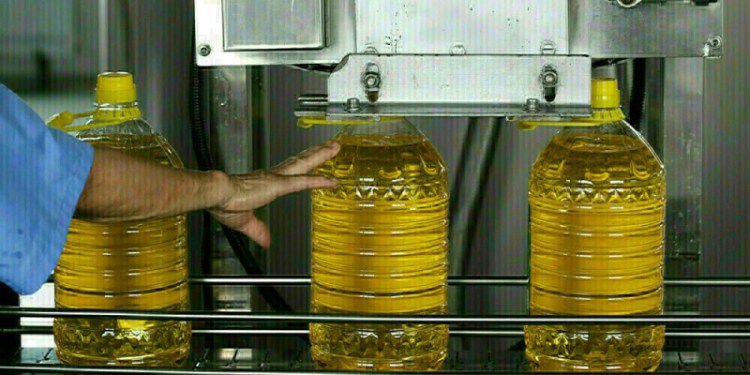Last week, rubber futures prices maintained a weak trend, mainly dragged down by the weakening of external products during the holiday, and at the same time, their own supply and demand drive was insufficient, resulting in weak price fluctuations.
As of September 24, the total inventory of domestic exchanges was 239,171 tons (+2520), and the amount of futures warehouse receipts was 19,800 tons (-50). The peak season of domestic rubber tapping has brought stocks on the exchanges to continue to rebound, and the current inventory has returned to the same period last year. As of September 19, the inventory in Qingdao Free Trade Zone continued its downward trend, and the absolute amount was also at a low level in recent years compared to the same period last year.
Last week, the focus of domestic and foreign spot prices shifted slightly. According to analysis institutions, the price center of the domestic market has shifted downward, and the supply side still shows that the release of new rubber is not smooth, and low spot inventories support the bottom of the market; the overall performance of the demand side is weak, tire companies are starting to operate unsteadily, and export orders are not good; From the perspective of terminal data such as automobiles, it continues to show a weakening trend, and the amplitude has been enlarged, and the overall spot market has shown a weaker pattern. The average price of the US dollar spot market is narrowly adjusted, the market’s willingness to buy and purchase is not strong, and trading is light. The average price of natural rubber in the US cargo market rose slightly, and the overall trading atmosphere in the US dollar cargo market was generally normal. Although the release of new rubber in foreign production areas has gradually stabilized, domestic demand has been weak, and futures prices have weakened. Therefore, the US dollar The cargo market as a whole presents a priceless situation. Recently, buyers are more inclined to spot purchases or cargoes to the port, and the willingness to warehousing is not strong. As of last weekend, the premium of rubber synthetic rubber was 375 yuan/ton (-400). The price of rubber weakened slightly last week, bringing the price difference between the two to narrow.
In terms of downstream tire operating rate, as of September 23, the operating rate of all-steel tire companies was 55.76% (-2.74%), and the operating rate of semi-steel tire companies was 52.57% (-0.16%). The operating rate in September improved seasonally, but the overall improvement was limited due to the economic downturn at home and abroad.
Viewpoint: The fundamentals of rubber still show a pattern of strong supply and weak demand, but due to logistics affecting the pace of domestic arrivals, domestic rubber is showing a pattern of weak supply and demand. The supply of RU is mainly in the country, and domestic supply has steadily increased. Although the demand side has shown a seasonal improvement from the previous month, it may not be sustainable. Therefore, the overall RU supply and demand drive is weak. The support below it mainly comes from NR. Due to the pace of NR arrivals in Hong Kong, the low domestic inventory has led to no improvement in the tight spot situation. At the same time, due to the continuity of overseas orders, the growth rate of domestic tire exports can still be maintained. It is expected that the logistics cannot be completely improved in October, and NR prices will still be supported. Therefore, under the current price gap of rubber is narrowing and the short position of the disk is slowing down, there may be a certain repair, but the space is limited. As the holiday approaches, funds are also willing to flow out. It is expected that rubber prices will remain low and fluctuate next week.
Strategy: Mainly short on rallies
Risk points: Domestic supply has increased sharply, demand continues to weaken due to the epidemic and other impacts, and funding is tight.
Translated by Google Translator from http://www.cria.org.cn/newsdetail/61914.html



























